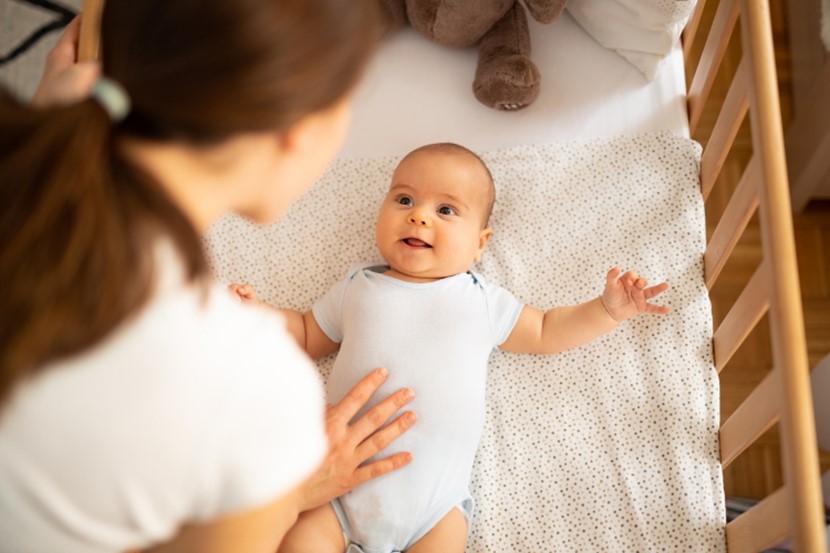Is your baby's cot safe?

There's nothing more delightful than the sight of a baby sleeping peacefully in its cot. And this should be one of the safest places in your home for your precious new bundle of joy. Sadly, there have been tragedies in the past where babies have died as a result of unsafe cots. For this reason, there is a cot safety standard, which is issued under the Fair Trading Act 1986 and enforced by the Commerce Commission.
Before you shop for a cot for your baby, it is wise to understand what is required by the cot safety standard. The standard applies to cots whether they are sold new through a retailer, or second-hand via the internet, newspaper classifieds, garage sale, or even passed on to you by a well-meaning friend or relative. It does not apply to folding or carry cots, bassinets or antique cots.
So what do you need to look for when buying a cot, to ensure it does meet the standard? Some of the requirements covered by the standard include:
- Space between bars must be between 50-95 mm
- Space between cot sides and ends and mattress must be no more than 20mm when the mattress is centred
- No protrusions, measuring more than 5mm, that a child could fall on or snag clothing on
- A maximum depth of 600mm from the mattress to the base at the lowest point on any side or end
- No horizontal or diagonal bars or other fixtures that would allow a child to climb over the sides
- A permanent warning and information label on the mattress base.
These are just a few of the requirements. For more information there is a handy fact sheet, "Households cots - A guide to complying with the product safety standard" available on the Commerce Commission's website.
The Commission stresses the importance of both buyers and sellers being aware of the standard. "From time to time we are made aware of cots on the market that may not meet the standard. We take this very seriously and investigate and if necessary prosecute under the Fair Trading Act," says Commerce Commission Director of Fair Trading, Adrian Sparrow.
"Consumers should take a copy of our Fact Sheet with them when they go to inspect a cot they wish to buy and use it to check for compliance. If the cot doesn't comply it should not be on the market, as it may place precious lives at risk," says Mr Sparrow.
"You should not accept at face value a claim that a cot is fully compliant with the standard. You should feel obliged to check for yourself. There is a lot at stake."
Recently the Commission investigated a trader supplying new cots via TradeMe which were claimed to meet the safety standard. However the Commission found the cots did not have the mandatory labelling and permanent warning markings on the mattress base. While the cots may not have posed a safety threat, the absence of the warning information was a breach of the Fair Trading Act. They are no longer being sold in New Zealand.
You can also purchase a copy of the Standard AS/NZS 2172:2003 Cots for household use - Safety requirements from Standards New Zealand at www.standards.co.nz
And finally - if you are shopping for a cot and discover one that you think does not meet the requirements of the cot safety standard, report it to the Commerce Commission either via their website or by emailing contact@comcom.govt.nz or by phoning 0800 943 600.
If the Commission prosecutes under the Fair Trading Act, and the courts find the Act has been breached, the company selling the cot can by fined up to $200,000 and an individual can be fined up to $60,000.
The Commission has also produced Fact Sheets on the product safety standards for children's toys, children's nightwear, baby walkers and pedal bicycles all of which may be useful to new parents as well.

